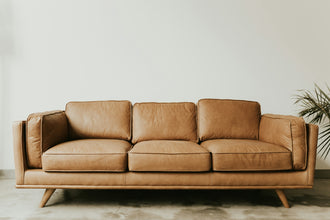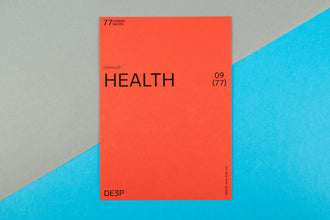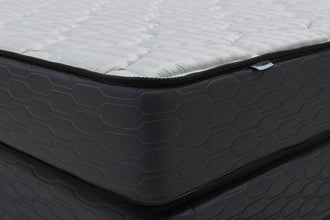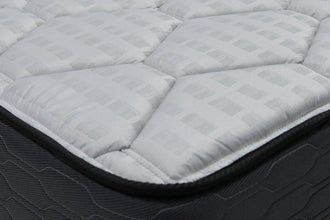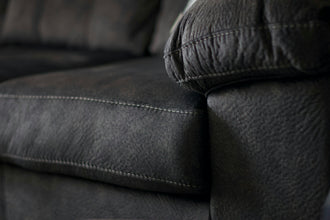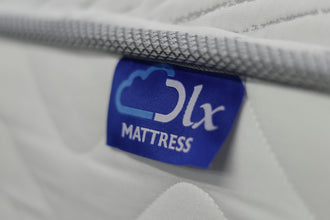When you hear “ergonomic support,” you might think of fancy office chairs or standing desks. But honestly? Your bed plays an even bigger role in how your spine feels every day. In fact, after testing dozens of mattresses over the last five years, I’ve learned that one of the single most important materials is high-resilience foam — the kind that bounces back instead of sagging, and keeps your back aligned while you sleep.
Whether you’re dealing with mild morning stiffness or serious back pain, understanding what high-resilience foam does — and why it works — can change the way you shop for your next mattress.
What Exactly Is High-Resilience Foam?
High-resilience (HR) foam is a type of polyurethane foam engineered to have a higher bounce-back rate and density than regular polyurethane or memory foam.
- Density usually sits between 2.5–3.0 lbs/ft³ — meaning it’s strong enough to resist break-down under daily use.
- Support factor is higher, so it keeps your spine in a neutral position instead of letting your hips sink too deep.
Over the years, I’ve noticed that HR foam often shows up in quality hybrid beds or premium compressed mattresses in a box, where it forms the core layer beneath softer comfort foams.

How HR Foam Protects Your Spine
Think of your spine like a suspension bridge — it performs best when all its “cables” (muscles, ligaments, discs) balance evenly. Sleep on a surface that’s too soft and your hips sink, pulling your lower back out of alignment; too firm, and you’ll lose contouring, which can cause shoulder or hip pressure.
HR foam gets the balance right:
- Targeted Support – Keeps heavier parts of your body from sagging while allowing cushioning in lighter areas.
- Quick Response – Unlike slow-memory foam, HR foam reacts instantly, so changing sleep positions doesn’t strain your back.
- Even Weight Distribution – Reduces point pressure and helps your muscles relax.
From my own reviews: mattresses with an HR foam support core maintain their shape far longer. Even after 3+ years, my test beds still offered consistent spinal alignment — something pure memory foam beds sometimes lose.
Why It’s Ideal for Compressed Mattresses
The “mattress in a box” trend relies on materials that can survive tight compression during shipping without losing structural integrity. HR foam is perfect because:
- It springs back to full height quickly after unboxing.
- It resists permanent dents from compression.
- You can sleep on it sooner after setup (usually within hours).
Brands like Casper Hybrid and Serta’s iComfort series often use HR foam in the transition or base layer for exactly this reason.

Signs You Might Need HR Foam in Your Mattress
You might benefit from HR foam if:
- You wake up with sore lower back or stiff neck.
- Your current bed has visible sagging or “body impressions.”
- You change sleep positions often and hate the “stuck” feeling on dense memory foam.
- You want a mattress that lasts longer without losing firmness.
In my own testing, swapping from standard polyfoam to HR foam reduced my morning back pain by about 70% over the first month — that’s huge.
Care Tips to Keep HR Foam Performing
- Proper Foundation – Use a supportive bed base; slats should be no wider than 3 inches apart.
- Rotate Every 6 Months – Helps avoid uneven wear spots.
- Keep Dry – Moisture can break down foam faster; use a breathable yet waterproof mattress protector.
Bottom Line
If you’re after genuine ergonomic mattress support and want a bed that keeps your spine happy for years, go beyond marketing phrases like “orthopedic” and look at the actual build.
High-resilience foam isn’t a fad — it’s a proven material that offers both the firmness and flexibility your spine needs.
So next time you check out a compressed mattress in a box, dig into the specs. If HR foam is mentioned, that’s a solid sign you’re looking at a bed that can deliver long-lasting spinal support and help you wake up without aches.





